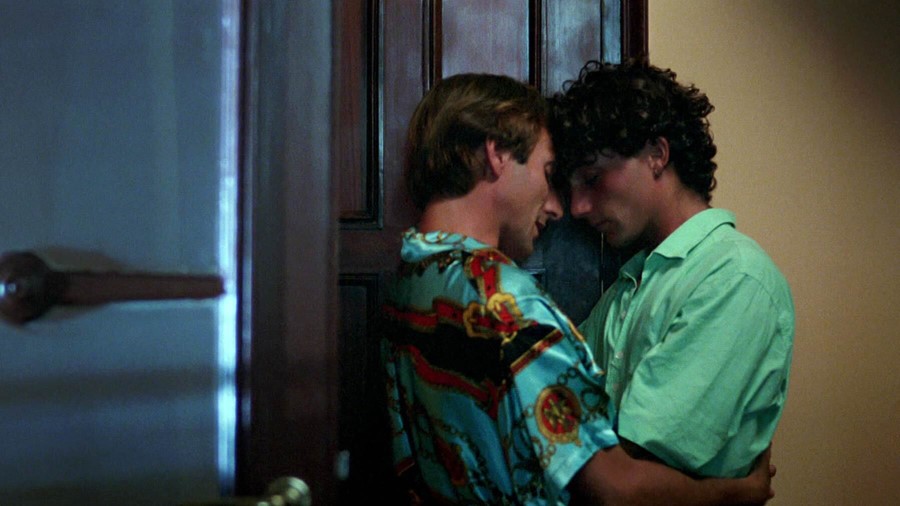Louis Staples shares seven highlights from Queer 80s: Cinema on the Brink of Global Change, a series of ground-breaking films screening as part of the Barbican’s Pride season this summer
The 1980s is a decade that is not exactly known for being a positive time for LGBTQ+ people. The Aids crisis devastated queer communities and unleashed a terrible wave of homophobia in the media and politics, but also in everyday life. Gay men were particularly stigmatised and let down by those in power, even as laws prohibiting gay sex were gradually relaxed.
But during these difficult times, the 80s were a decade where queer filmmakers across the world told stories in new and interesting ways. The Barbican’s Pride season this summer, Queer 80s: Cinema on the Brink of Global Change, explores a decade when, against the odds, LGBTQ+ representation in film thrived and bold depictions of queer life prevailed.
At the time, the world was transforming geographically as much as socially. (Three of the films in the Barbican’s programme originate from countries that no longer exist.) As geopolitical tensions flared, war was never an unrealistic prospect. Curator Alex Davidson says the season’s films “are emblematic of a world on the brink of massive change.” The programme includes films from the final years of the Brazilian dictatorship, films made under South African Apartheid and the former countries of the Soviet Union and East & West Germany. They include an Azerbaijani folk tale by a filmmaker who was jailed for his sexuality, an erotic satire from Japan, and Pedro Almodóvar’s cunning gender play in Law of Desire.
Queer 80s brings to the screen films which have never been seen before in the UK, and follows on from last year’s successful Queer 90s season at the Barbican. The programme brings the tensions of the present day to the fore, too. The last decade has been a similarly seismic time for LGBTQ+ representation in film. But as representation has increased, so too have attacks against the community, with moral panics and legislative setbacks intensifying. In a sense, Queer 80s is a rallying cry – a welcome reminder never to give up the fight.
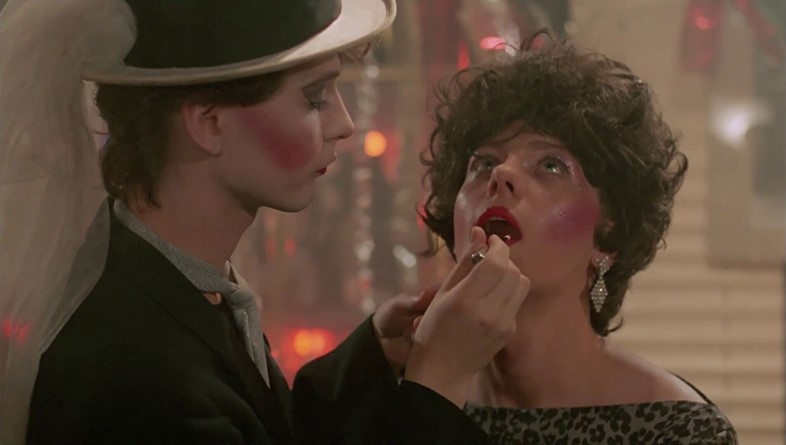
Coming Out (1989)
Coming Out is exactly what it sounds like: a story about sexual awakening and discovery. The film follows a young high-school teacher, Philipp Klarmann, who during his first day at work meets with a fellow teacher, Tanja. The pair quickly embark on a romance and become engaged to be married, but we soon discover that Philipp is conflicted about his sexuality. When Jakob (an out gay friend of Tanja’s) comes to visit, it transpires that he and Philipp have had a previous relationship that didn’t end well. Then, his slightly chaotic coming out story begins, via gay bars and cruising grounds. Directed by Heiner Carow, Coming Out was one of the last films made in the former East Germany. It premiered there on 9 November 1989, the same night that the Berlin Wall fell.
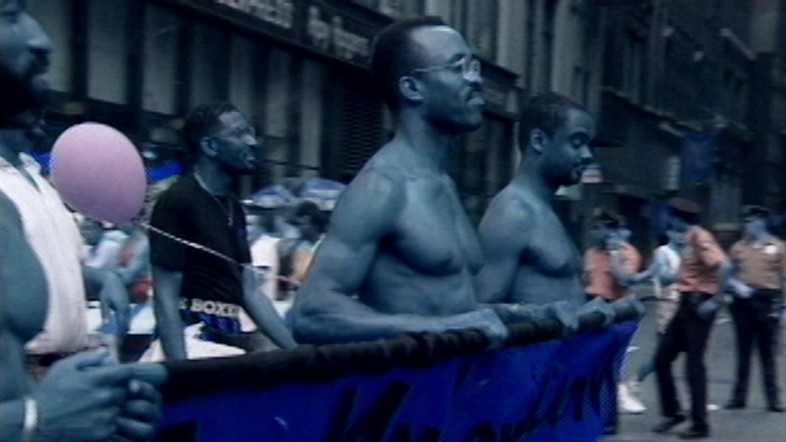
Tongues Untied (1989)
Tongues Untied depicts the Black, gay American experience during the 1980s. The film explores the world that surrounded its director, Marlon Riggs, as he comes to terms with his sexuality and copes with many of his friends dying from Aids. Tongues Untied challenges the implicitly white-framing of discussions about both the Aids crisis and societal homophobia, simultaneously debating the politics of racism, homophobia and exclusion, but also their relevance to contemporary sexual politics. Riggs died five years after the film’s 1989 release, but his work influenced filmmakers such as Isaac Julien and Barry Jenkins.

The Farewell (1982)
When it comes to the advancement of queer rights, Finland and Sweden are two countries that paved the way in the 1980s and beyond. But The Farewell shows us that this was not always the case. In the Swedish-language film, a queer woman named Valerie struggles to cope while under the eye of her repressive father on the eve of WWII in Helsinki. Tuija-Maija Niskanen’s haunting period drama offers a different view into the coming out process. We witness moments from Valerie’s childhood into adulthood. Despite the actions of her cruel father and passive mother, she somehow finds the courage to follow her heart.

Quest for Love (1988)
Helena Nogueira’s romance, Quest for Love, explores a lesbian romance on a backdrop of South African apartheid. The film stars Jana Cilliers, Sandra Prinsloo and Wayne Bowman, and is based on novelist Gertrude Stein’s short story QED. In the film, love and politics are two forces that threaten to tear a relationship apart, when a journalist finds it difficult to commit to both a relationship and a political revolution. At the time, the film was banned for its anti-apartheid stance. The fact that the film was even made – not just because of its queerness, but more because it is so critical of government policy – is remarkable in itself, making Quest for Love noteworthy in a historical sense.
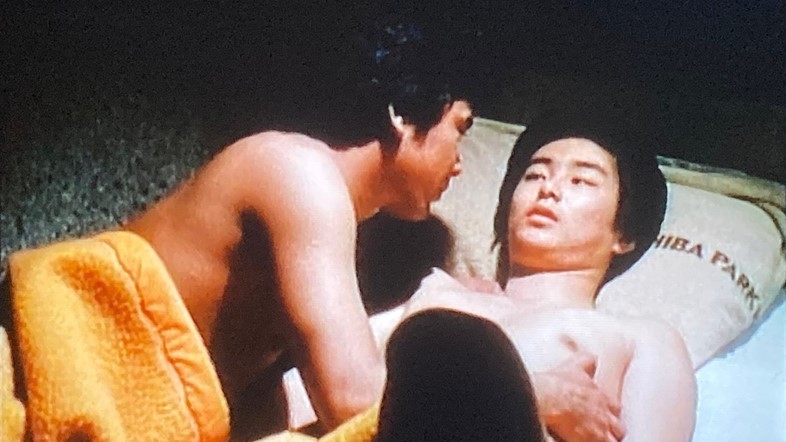
Beautiful Mystery (1983)
Beautiful Mystery is a Japanese ‘pink film’ (a term used to describe a type of Japanese film with explicit or erotic content). The film fits into one of the running themes of the Queer 80s programme, where sex and politics are often intertwined. Genji Nakamura’s gay erotic comedy is a satire of author and nationalist Yukio Mishima, which finds humour in the homoerotic undertones of Mishima’s work. It is a fun and often outrageous skewering of nationalist hysteria and hollow patriotism that runs through far-right interpretations of Mishima’s life and work.

Ashik Kerib (1988)
Ashik Kerib, sometimes known internationally as The Lovelorn Minstrel, is a Soviet art film directed by Dodo Abashidze and director Sergei Parajanov, who was imprisoned decades earlier by Soviet authorities because of his sexuality. Despite the efforts to suppress Parajanov’s films because of his bisexuality and politics, the Armenian director is regarded as one of the most influential directors in the history of cinema. Ashik Kerib is based on the short story of the same name by Mikhail Lermontov, which follows an ashik who wants to marry his beloved, but her father opposes the match because he isn’t wealthy. He embarks on a thousand-day mission to earn enough money to impress her father, which sends him not only in pursuit of wealth, but of self-discovery and determination. The story is told through Azerbaijan folklore, with music and vivid colour playing a key role. Although the film ostensibly tells a heterosexual love story, the queerness of Ashik Kerib is conveyed at a subtextural level and has been reappraised in the years since the film’s original release.
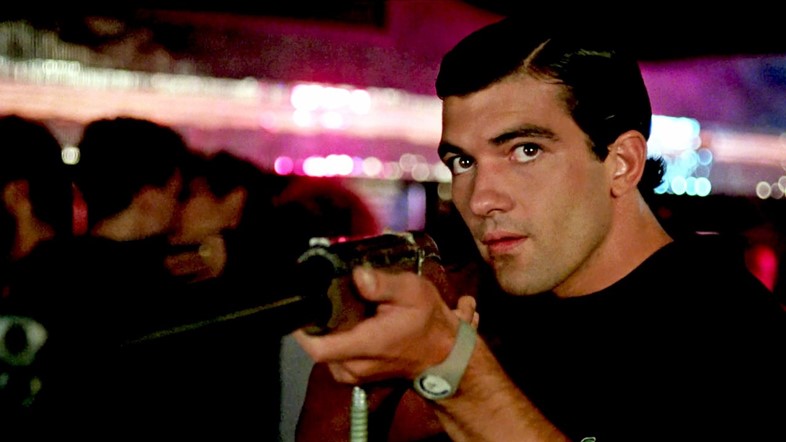
Law of Desire (1987)
Law of Desire is a Spanish comedy thriller, written and directed by Pedro Almodóvar. The story focuses on a messy love triangle between three men: Pablo, a successful gay film director, is disappointed in his relationship with his young lover, Juan. He instead concentrates on a new project: a monologue starring his transgender sister, Tina. Antonio, an uptight young man, falls in love with the director and becomes obsessively (and dangerously) consumed by passion. The relationship between Pablo and Antonio is at the core of the film, but Tina is also a focal point. From a queer perspective, the film’s casting is both progressive and interesting; cisgender actor Carmen Maura plays Tina, a trans woman, while trans actor Bibiana Fernández plays her cisgender niece. Law of Desire was Almodóvar’s first work centred on queer relationships, which he considers a key moment in his life and career.
Queer 80s: Cinema on the Brink of Global Change is on at the Barbican until June 26.
